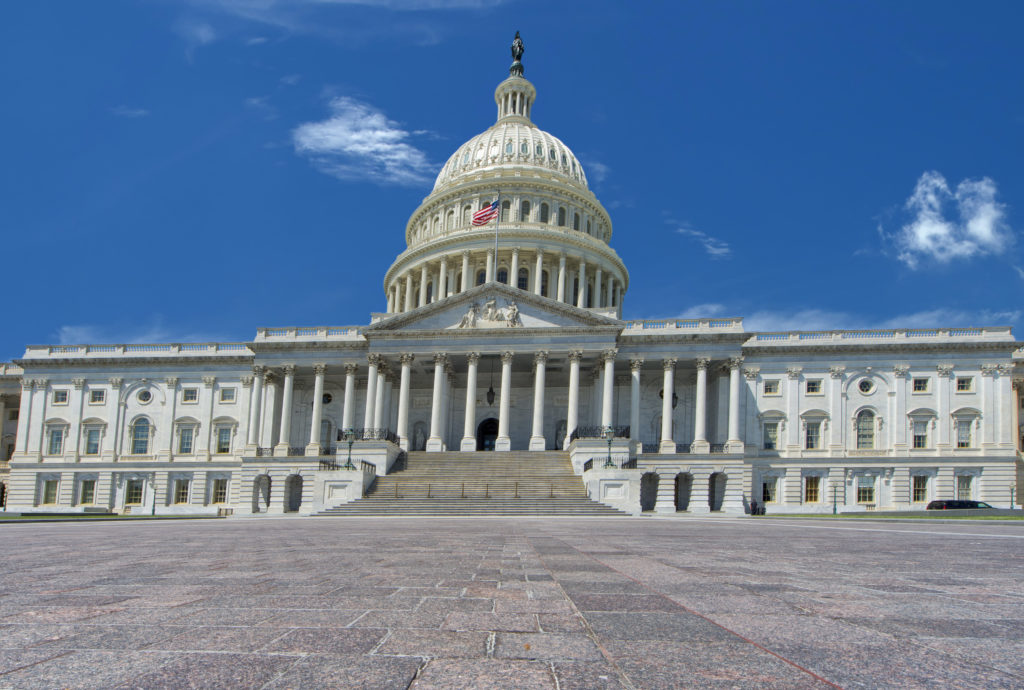This coming Friday, 600,000 federal employees face furloughs amidst the pending government shutdown. Despite the promise of backpay if this is the case, Congress has still failed to enact funding to prevent the shutdown altogether.
An additional 780,000 workers would remain on the job, either because they are funded through mechanisms other than annual appropriations or their jobs are deemed necessary to protect life and property. If Congress fails to take action by the March 22 deadline, funding for agencies appropriated through six of the 12 annual must-pass spending bills—the departments of Defense, Treasury, Homeland Security, Labor, Health and Human Services, Education, State and other agencies—will expire. The remaining roughly 600,000 federal employees would remain on the job, as their agencies already received full-year appropriations.
The agencies caught up in the current showdown employ about 1.4 million people, or about three-quarters of the federal workforce. About 44% of those would face furloughs, according to the contingency plans each agency must maintain and have largely updated in recent months.
The largest agency in government, the Defense Department, is preparing to send home about 55% of its civilian workforce. The Education Department would send home the biggest share of its workforce among cabinet-level agencies, with almost 90% of its employees set to receive furloughs. Recently, the General Services Administration planned to use “carryover funds” to keep most of their employees on the job at the outset of a shutdown. The impacted agencies have been operating under a series of stopgap continuing resolutions since October, however, so their plans may change if a shutdown occurs this week.

As of Tuesday morning, top lawmakers still had not released a package of bills to fund the parts of government still operating under a CR and facing a shutdown threat this weekend. They had hoped to release text of the “minibus” over the weekend, but talks stalled as leaders in both parties and the White House have failed to come up with a plan to fund DHS. Late Monday, however, the negotiators appeared to reach a breakthrough that would end the shutdown threat for the remainder of fiscal 2024.
According to multiple reports, much of the delay related to disagreements over funding for Immigration and Customs Enforcement detention capacity and for the Transportation Security Administration pay raises the Biden administration implemented last year. While overall funding for non-defense spending is set to stay essentially flat relative to fiscal 2023, the White House is seeking a boost for DHS to address those concerns and alleviate the pressure it has faced at the southwest border.
“DHS needs a bill that funds operational pace,” White House Press Secretary Karine Jean-Pierre said on Monday. “That is what the White House is fighting for.”
Jean-Pierre added that negotiations are ongoing and the administration is working for a resolution ahead of the shutdown deadline. She emphasized it was Congress’ “basic duty” to keep government open.
House Speaker Mike Johnson, R-La., has pledged to give his members 72 hours from the time a bill is introduced until a vote. In the Senate, any one member can delay expedited bill consideration. Those hurdles could make it difficult to get the forthcoming minibus to President Biden’s desk without either at least a short funding lapse or another temporary spending bill.
Want to learn more about your federal retirement options? Please contact us to book your complimentary benefits review today!

